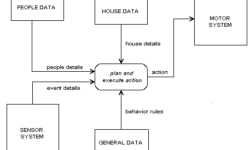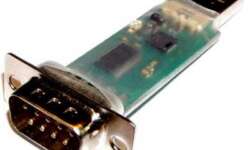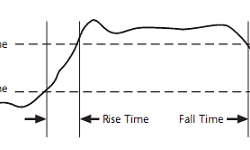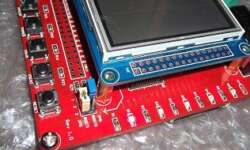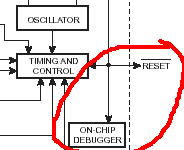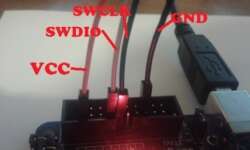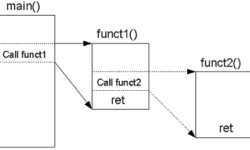USB bootloaders for AVR microcontrollers
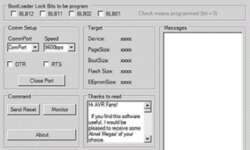
Probably the most proper microcontroller programming method is using a bootloader program. Because you don’t need any special programming adapters or special knowledge – you need to connect a standard cable from your PC to the target board and run a special program on the PC which communicates with the MCU bootloader program. The idea is simple: If the microcontroller is preconfigured, then after reset, it starts running not from the start memory location, which is usually at 0x0000 address, but at some specific location, where usually bootloader lies.







